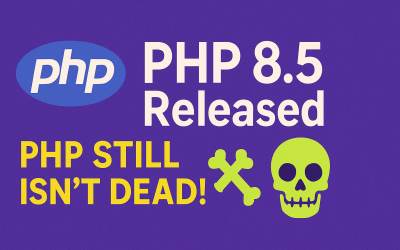If you’re a developer or data scientist working with Python, Conda is an essential tool for managing environments and dependencies. However, setting it up on macOS can sometimes be tricky. This guide walks you through everything you need to know—from installation to efficient usage, troubleshooting, and pro tips!
🔥 What is Conda?
Conda is an open-source package and environment manager that simplifies Python and library management. Unlike pip, it handles package dependencies automatically, making it a powerful choice for data science, machine learning, and software development.
🔹 Miniconda vs. Anaconda: Miniconda is a lightweight version of Anaconda that includes only Conda and essential packages. Anaconda comes with a full suite of pre-installed libraries but may not be necessary for all users.
🚨 Note: Anaconda’s repository now has commercial licensing restrictions. To keep using Conda for free, switch to conda-forge (explained below).
🚀 Installing Conda on macOS
Method 1: Install via Homebrew (Recommended)
To install Miniconda via Homebrew, run:
brew install miniforgeThis installs Miniforge, a lightweight Conda distribution that defaults to conda-forge, ensuring free and unrestricted package access.
Once installed, verify it with:
conda --versionMethod 2: Install via Official Installer
- Download Miniconda from the official Miniconda site.
- Run the installer and follow the setup instructions.
- After installation, initialize Conda:
conda init zsh - Restart your terminal or run:
exec zsh
🎯 Using Conda: Essential Commands
Here are some must-know Conda commands:
| Action | Command |
|---|---|
| List all environments | conda env list OR conda info --envs |
| Create a new environment | conda create -n myenv python=3.10 |
| Activate an environment | conda activate myenv |
| Deactivate an environment | conda deactivate |
| Remove an environment | conda remove --name myenv --all |
| List installed packages | conda list |
| Install a package | conda install numpy |
| Install from conda-forge | conda install -c conda-forge numpy |
| Update all packages | conda update --all |
| Delete a package | conda remove numpy |
| Export environment | conda env export > environment.yml |
| Create from a file | conda env create -f environment.yml |
💡 Fixing Conda Activation Issues
If conda activate is not working, try these steps:
✅ Step 1: Initialize Conda Again
conda init zsh
exec zsh✅ Step 2: Check Your Path
echo $PATH | grep condaIf Conda’s path (/Users/yourusername/miniconda3/bin) is missing, add it manually:
export PATH="$HOME/miniconda3/bin:$PATH"
source ~/.zshrc✅ Step 3: Reinstall Conda (If Needed) If all else fails:
rm -rf ~/miniconda3
brew install miniforge
conda init zsh
exec zshNow, try activating your environment:
conda activate myenv🔥 Using Conda-Forge for Free Access
Since Anaconda’s repository has licensing restrictions for commercial use, it’s best to switch to conda-forge:
conda config --add channels conda-forge
conda config --set channel_priority strictThis ensures you get free and up-to-date packages without restrictions.
🛠 Pro Tips for Conda Users
✅ Use Virtual Environments: Always create a new environment for each project to avoid conflicts.
conda create -n myenv python=3.10✅ Keep It Clean: Free up disk space by removing unused packages.
conda clean --all✅ Jupyter Notebook in Conda: If you need Jupyter Notebook in a Conda environment:
conda install -n myenv notebook jupyterlab
conda activate myenv
jupyter notebook✅ Avoid Installing Too Many Packages in ****base: Keep the base environment clean and create separate environments for different projects.
🎉 Conclusion
Conda is a powerful tool for managing Python environments and packages, but setting it up correctly ensures a smooth workflow. By following this guide, you can install, configure, troubleshoot, and optimize Conda on your macOS system efficiently.
Now, you’re all set to master Conda like a pro! 🚀 Let me know in the comments if you have any questions or need further help. Happy coding! 😊




👌🤝🤘